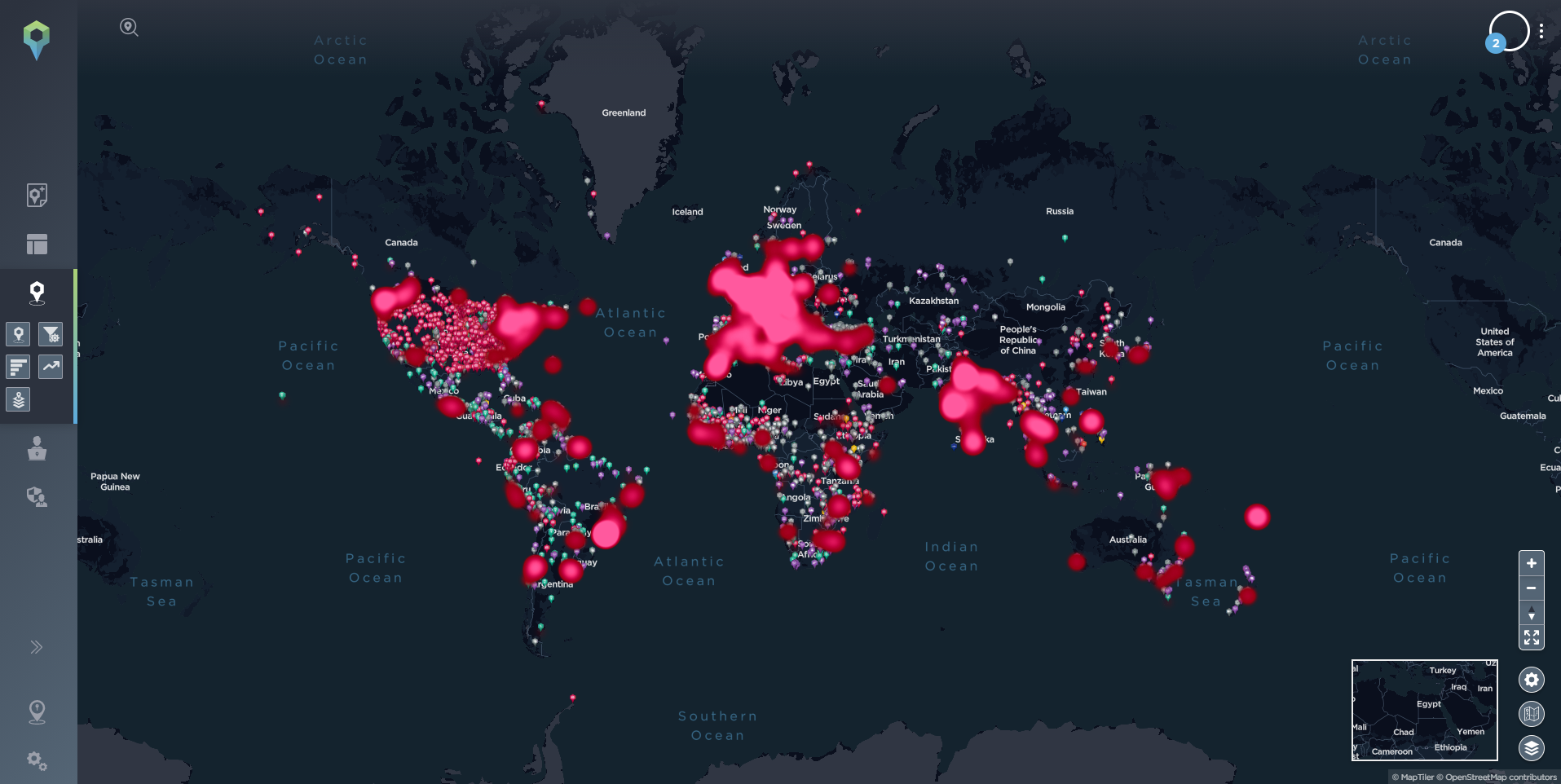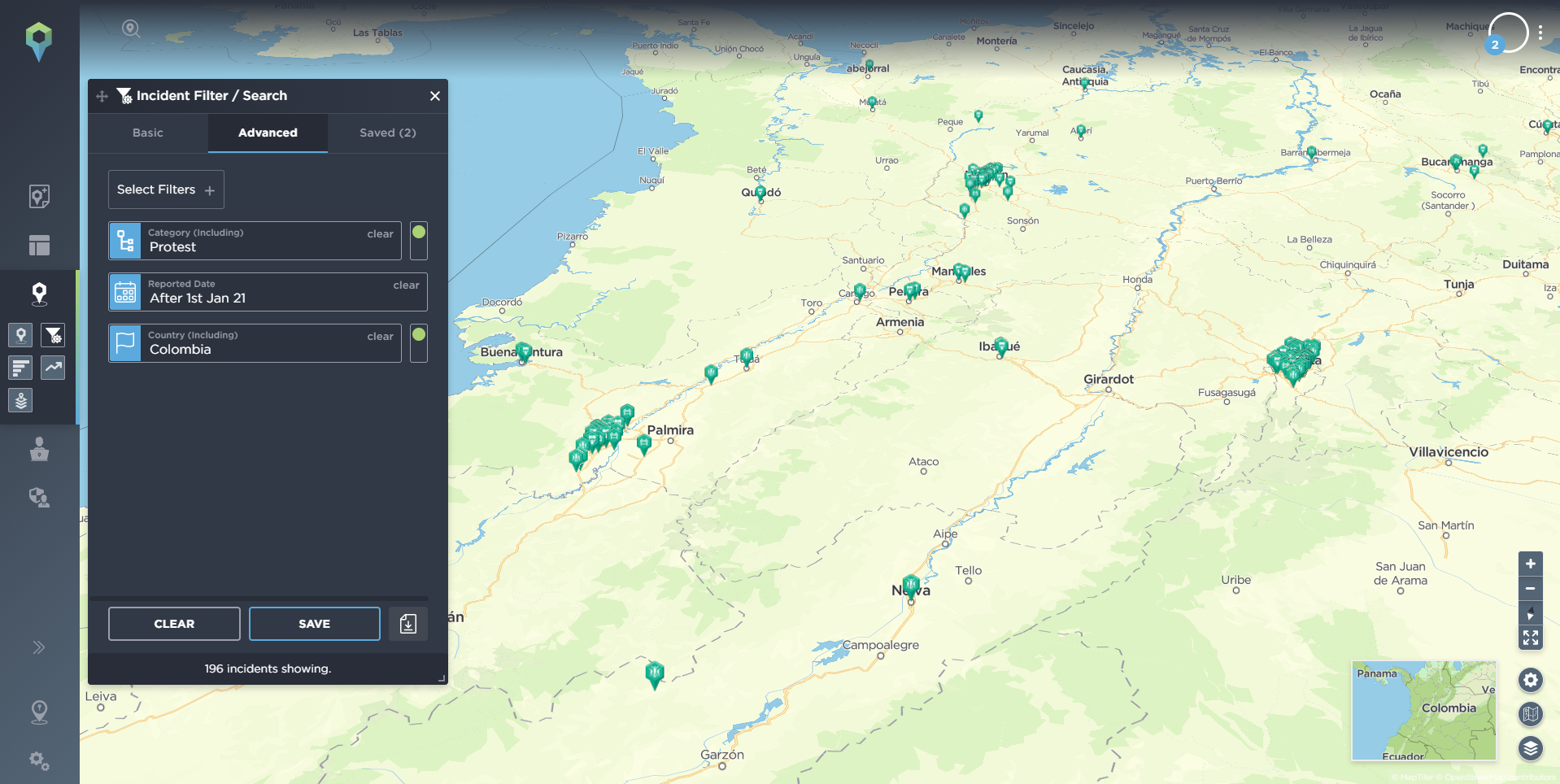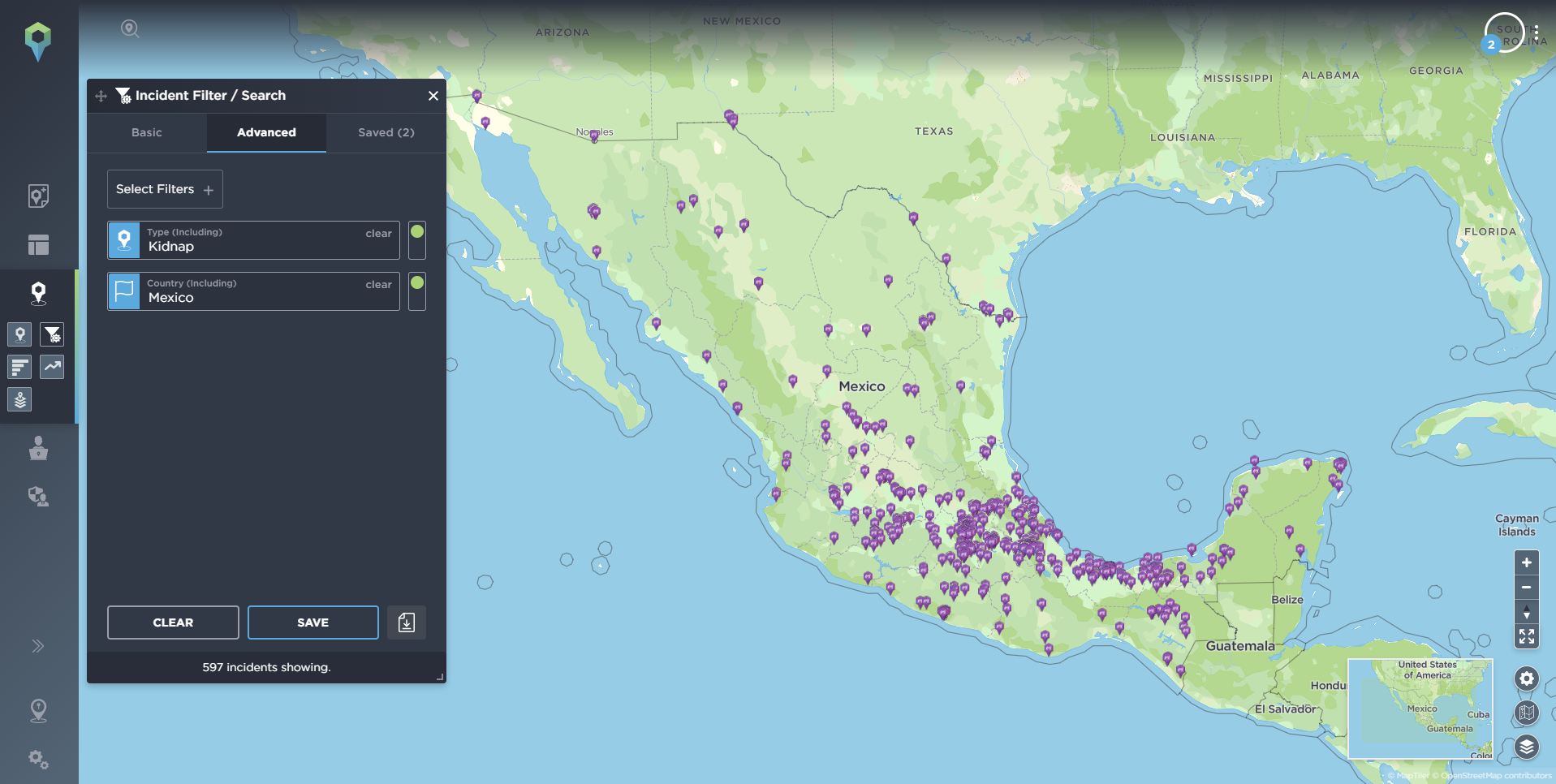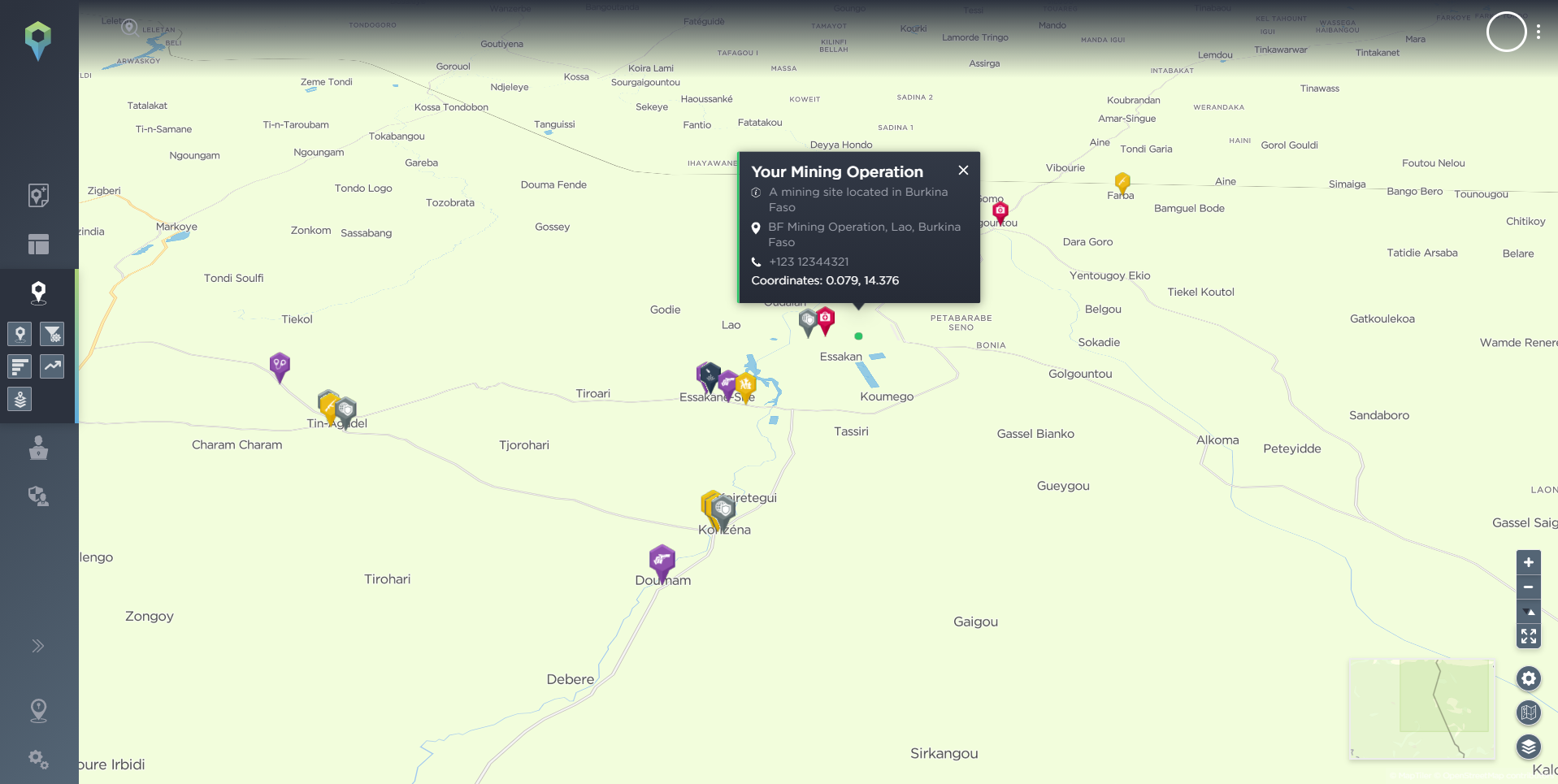The 5 biggest challenges facing oil and gas in 2022
Whilst the oil and gas industry is accustomed to economic highs and lows, the most recent downturn caused by COVID-19 coupled with a longer-term decline in petroleum demand is likely to change the way the entire sector operates for good. From a security and intelligence perspective, we see five main challenges facing the oil and gas that will contribute to how the next decade plays out for the sector.
The long-term impacts of COVID-19 on oil and gas
In early 2020, the world began to lockdown in an attempt to combat the spread of COVID-19, which had a severe impact on the prices and demand for oil and gas.
Over one year later and many areas of the world are still battling new waves and strains of the disease. The rollout of an effective vaccine has been successful in some western countries but it’s been a painfully slow process for many developing nations. Until the vaccine reaches every corner of the globe, organisations will need to continue to develop resilient strategies in the short to medium term that allow them to quickly react and scale back operations when required.
As oil and gas organisations adapt to social distancing and implement the appropriate procedures that will keep their employees safe, we are seeing operations resume again, but not at the same levels and not without its practical challenges.
Alongside a reduction in headcount, due to redundancies as well as an attempt to limit the number of people working together, returning to normal operations has required a significant investment in equipment such as PPE. Without this, organisations risked an outbreak on their sites which would further disrupt operations.
Beyond that, countries are attempting to rebuild their economies and this may change the license to operate for oil and gas in some countries. For example, reduced government revenues from crude oil exports due to a drop in demand could also lead to changes in tax and regulatory frameworks that govern oil-producing countries.

Using threat intelligence software to build at heatmap of COVID-19 data to highlight the most impacted areas across the globe. [Source: Intelligence Fusion]
Despite being almost two years on, the world is still working it’s way back to ‘normality’ with a level of uncertainty still lingering. Maintaining awareness can be key to navigating through the long-term effects of the pandemic and the ongoing threat to oil and gas.
The effects of activism on oil and gas
In the wake of the pandemic, decarbonisation and the green agenda has become a more prominent issue as social responsibility intensifies. We’ve also seen the rise of activist investors who are pushing for more honest and open communication from organisations around their strategies for tackling global issues such as climate change.
Whilst the pressure has already seen many oil and gas organisations begin to adopt comprehensive plans to reduce emissions, some groups feel that this isn’t enough or believe they aren’t fully transparent about their plans.
An international law firm, CMS, conducted a recent survey based on responses from over 50 senior legal managers and senior in-house counsel in the oil and gas industry across Europe, the Middle East, Asia Pacific, Africa and Latin America. The Oil and Gas Disputes Survey identified that 37% of respondents believed that climate change activism was the biggest issue of concern and represented a significant threat to their industry.
Whilst climate change is one of the major threats to oil and gas, the disruption from protests and activism goes beyond the green agenda. In Colombia for example, unrest was reignited recently due to a government proposal to increase taxes. Protests are taking place across the country and are heavily impacting several industries, key transport links and other critical services. These protests have had an indirect impact on the oil and gas industry in Colombia, confirmed by an announcement from Geopark, a Latin American oil and gas organisation, in May 2021. Their statement revealed their plans to reduce operations due to the difficulties they’d experienced with transportation, drilling and the mobilisation of equipment and their workforce. This meant a 40-45% reduction in their daily production average.

The incidents of protest and unrest across Colombia between 1st January and 31st May 2021. [Source: Intelligence Fusion]
The ongoing challenge of asset protection for the oil and gas industry
The protection of assets has long been one of the biggest security challenges that the oil and gas industry faces, especially given the increased concentration of exploration projects in areas prone to conflict and unrest.
The economic importance of oil and gas infrastructure means that they’re a key target for terrorism and piracy, which can lead to high levels of damage. In 2016, terror attacks targeting pipelines across Nigeria caused oil production levels to drop by 36%, according to findings by Aon.
Adding to this already existing threat to oil and gas is the impact of COVID-19. Since the global outbreak, which led to a reduction in manpower and the evacuation of sites, static assets have been left further exposed.
How oil and gas companies keep their employees safe
The oil and gas industry is one of the most vulnerable to kidnap and ransom activity, particularly in developing countries where instability and unrest are common.
Oil and gas organisations are targeted as they’re perceived as being wealthy within the areas that they operate. Perpetrators are more than aware of the value of both the commodity itself and the assets they attack. However, there are multiple motivators behind kidnappings, many of which go beyond money. In some cases, groups use it as an opportunity for publicity or to convey a political message.
High-risk regions for kidnap and ransom include parts of Latin America, Africa, the Middle East and Asia. And the levels or size of the ransom will differ depending on where you are in the world. Our Intelligence Manager, Vincent Fevrier, recently discussed the threat of kidnapping Mexico in our podcast series, The Insight. Vincent explained the various types of kidnapping and how we’ve seen the threat evolve in recent years.

Almost 600 kidnapping incidents across Mexico accurately geolocated using threat intelligence software. [Source: Intelligence Fusion]
Minimising the risk of your employees being targeted by kidnappers can be done in a number of ways, but the key is situational awareness. Having a solid understanding of historic incidents in the area, as well as the groups that operate, the sentiment of the local community with regards to your company and operation can all help you build an understanding of the risk and therefore likelihood of falling victim to such an attack.
How climate change will impact oil and gas
According to the World Economic Forum’s Global Risks Report, climate-related issues dominate the top-five global risks over the next decade. And a reduction in pollution and emissions throughout periods of lockdown have increased awareness of the environmental crisis across the globe.
The oil and gas industry is one of the biggest contributors of greenhouse gases globally, and organisations are being urged to bounce back from the COVID-19 pandemic more ethically and sustainably.
The changing weather patterns caused by climate change also have a real impact on oil and gas operations. Natural disasters and hazards such as earthquakes and floods cause significant disruption to extractive activity and the communities in which they operate.
The biggest threats to the oil and gas industry are constantly evolving, and with so much uncertainty and instability, speed, accuracy and actionability of data are key.
Attempting to manage the plethora of risks using various off-the-shelf solutions and tools will lead to disorganisation and miscommunication. To more effectively manage and monitor these threats as well as ensure the safety of your people and assets, a bespoke intelligence solution that can be evolved and scaled over time is a far more cost-effective option.
Intelligence Fusion can design, develop and deliver a customised security solution that reflects the way you and your teamwork. Our team of experienced intelligence analysts and skilled software developers means that we can better understand your operational challenges and develop the right technology to solve issues that you and your team may face daily; streamlining your operations, simplifying processes and increasing productivity.



